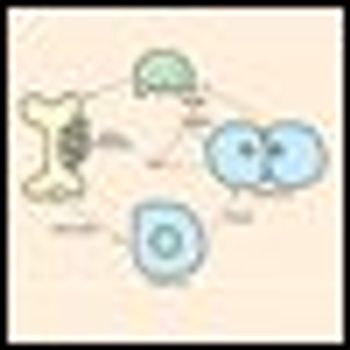
Gemcitabine (Gemzar) and paclitaxel exhibit good activity and goodsafety profiles when used alone and together in the treatment of advancedbreast cancer. In a phase II trial, 45 patients with metastaticbreast cancer received gemcitabine at 1,200 mg/m2 on days 1 and 8 andpaclitaxel at 175 mg/m2 on day 1 every 21 days. Twenty-seven patients(60.0%) had prior adjuvant therapy. Objective response was observedin 30 patients (objective response rate 66.7%, 95% confidence interval[CI] = 52%–71%), including complete response in 10 (22.2%) and partialresponse in 20 (44.4%). Median duration of response was 18 months(95% CI = 11–26.7 months), median time to tumor progression for theentire population was 11 months (95% CI = 7.1–18.7 months), medianoverall survival was 19 months (95% CI = 17.3–21.7 months), and the1-year survival rate was 69%. Treatment was well tolerated, with grade3/4 toxicities being infrequent. Grade 3/4 leukopenia, neutropenia, andthrombocytopenia were each observed in six patients (13.3%). No patientwas discontinued from the study due to hematologic ornonhematologic toxicity. Thus, the gemcitabine/paclitaxel combinationshows promising activity and tolerability when used as first-line treatmentin advanced disease. The combination recently has been shownto be superior to paclitaxel alone as first-line treatment in anthracyclinepretreatedadvanced disease according to interim results of a phase IIItrial and it should be further evaluated in comparative trials in breastcancer.













































































